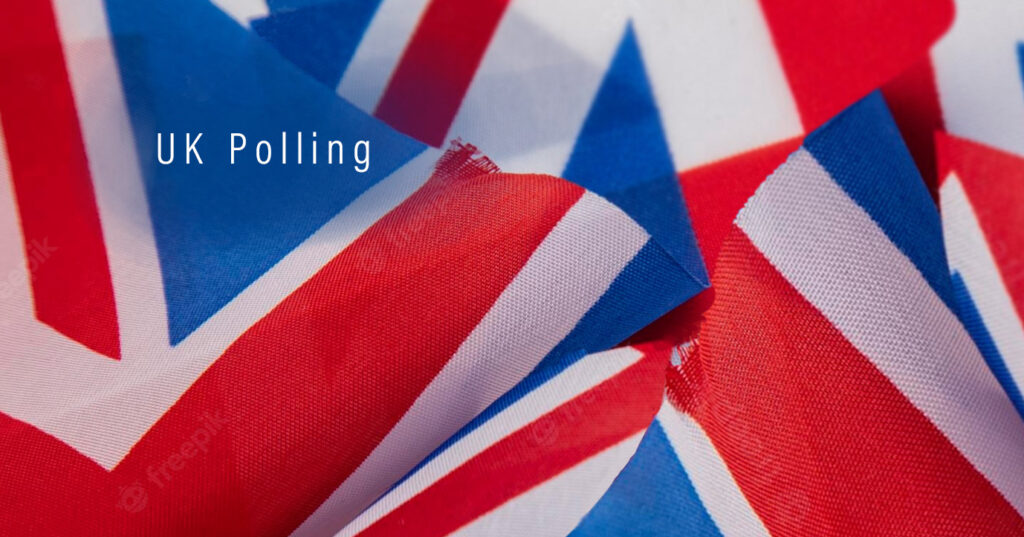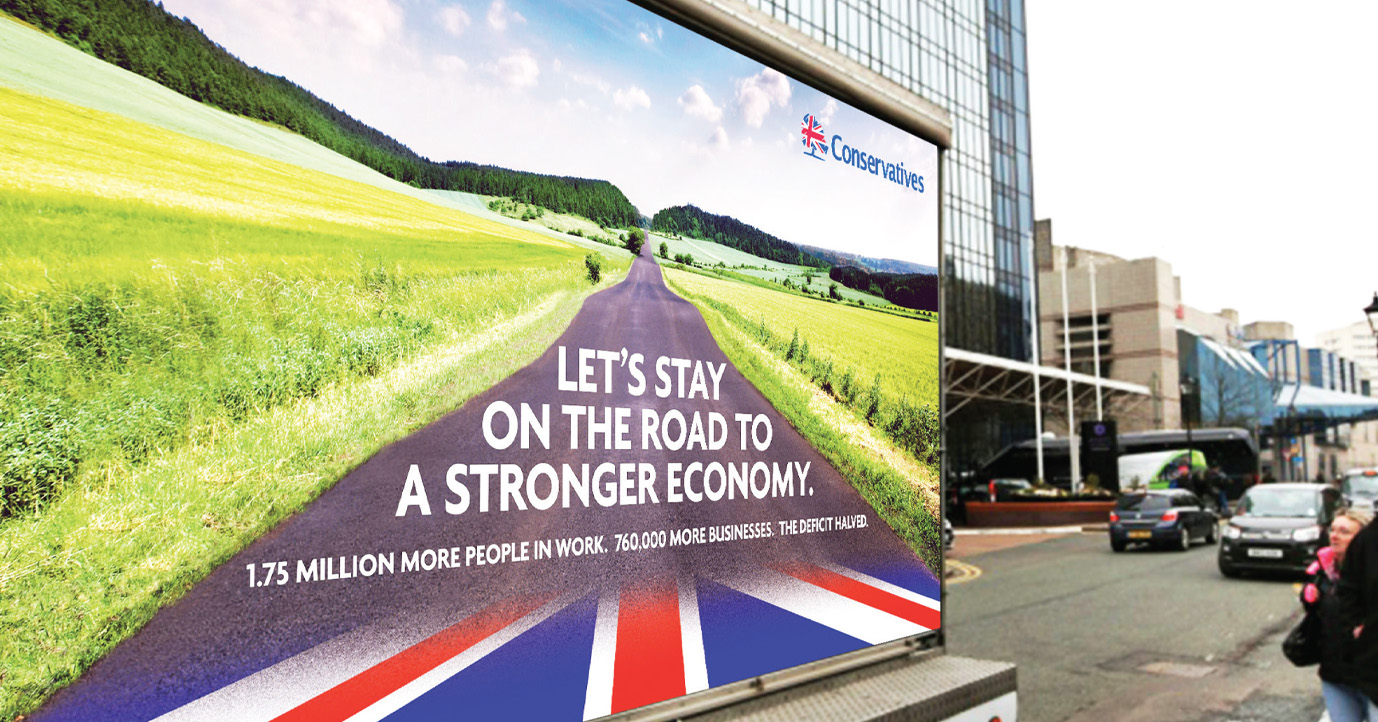
In my previous round of battleground polling, published last month, I looked at eleven constituencies where the Conservatives have majorities of up to 4.8% over Labour. I found that nine of them would change hands on the basis of my snapshots, with swings to Labour ranging from 2% to 8%, averaging 5% in the seats as a whole.
This time I have looked further down the Conservative defence list, at twelve seats with majorities of between 1,936 or 4.8% (Northampton North) and 3,744 or 7.1% (Loughborough).
Taking the seats together, on the basis of the total sample of 12,008, Labour led the Conservatives by 36% to 33%, a swing of 4.5% since the 2010 election. However, if the findings in individual constituencies were repeated at the election, three of the twelve would stay blue: Loughborough, Kingswood, and Blackpool North & Cleveleys, where the swings to Labour were 2% or below. At the other end of the scale, in Bury North I found a swing to Labour of 7% and a Labour lead of nine points.
The six-point Labour lead in Croydon Central is the smallest I have yet found in a seat the Tories are defending from Labour in London. In the North, where the Conservatives are widely expected to struggle, the picture is in fact mixed. In previous rounds we have seen results ranging from a tie in Pudsey to a 14-point Labour lead in Lancaster & Fleetwood. In the current selection, though Labour look well ahead in Bury North they would probably expect to be leading by more than one point in both Chester and Wirral West.
In these seats I found UKIP vote shares ranging between 12% in Loughborough and 30% in Cannock Chase, where they were in second place and just five points separated the three top parties.
Only one in five (20%) of those who voted Liberal Democrat in 2010 said they would vote for the party again in their own constituency at the next election; they were more likely to say they would switch to Labour (27%). Another quarter said they planned to vote Conservative (12%) or UKIP (12%), while a further 15% said they did not know what they would do. Nearly two fifths (38%) of 2010 Lib Dems said they would definitely not vote for the party at the next election.
Seventeen per cent of 2010 Conservatives and 9% of 2010 Labour voters said they would vote UKIP in their own constituency. One in ten of each party’s supporters said they did not know how they would vote.
In other questions, UKIP supporters were the least likely to expect the economy to do well over the next year either for the country as a whole (48%) or for themselves and their families (51%). Conservative voters (83% and 84%) were much more optimistic.
A majority were either satisfied with David Cameron’s performance as Prime Minister (30%) or dissatisfied but preferred him to Ed Miliband (29%). Just over a quarter (27% – including only 65% of Labour voters, 54% of Labour “joiners”, 22% of UKIP voters and only 6% of Conservative defectors to UKIP) said they would rather see Miliband in Number Ten.
Overall, people were more likely to say they had received literature, direct mail, phone calls, emails or visits from the Conservatives (22%) than from Labour (14%). There was considerable variation between constituencies, though, with Tory contact rates ranging from 11% in Cannock Chase (where UKIP are evidently the most active local party) to 50% in Wirral West.
Just under one third (32%) of voters in the twelve seats said they wanted to see a Labour government, while 29% wanted a Conservative majority. One in five preferred another coalition of one kind or another, including 15% of Labour voters and 16% of Conservatives. The remaining Liberal Democrats marginally preferred another coalition with the Tories (43%) to the idea of joining forces with Labour (38%).
One third (34%) of UKIP voters said they would like to see Labour in government, either alone or in coalition with the Lib Dems, while 45% would rather see the Conservatives in office. More than three quarters (78%) of Conservative-UKIP switchers wanted the Tories to remain in government, including 63% who said they wanted an overall majority.
Where does all this leave our analysis of the battleground? The Conservatives currently have 303 seats in the House of Commons and Labour have 257. This situation looks unlikely to change after polling day in Rochester & Strood, though it could if there are any further defections or by-elections.
As I explained in the commentary on my previous round of marginals research, this leaves the Magic Number (the combined number of net Conservative losses and net Labour gains required for the two parties to have the same number of seats after the election) at 46. If the total is less than 46, the Tories remain the largest party; if it is more than 46, the largest party will be Labour.
Since my research so far has shown the Conservatives and Labour ahead in equal numbers of seats currently held by the Lib Dems, and UKIP ahead in two seats currently held by the Tories, the Conservatives can afford to lose no more than 21 seats to Labour if they are to remain the largest party. My battleground polling has to date found them behind in 38 – albeit sometimes by very slim margins – and we have not yet reached the point at which the Tory losses end.
As I observed last month, other factors could change the equation, and I will explore them in future rounds: whether further Lib Dem seats are vulnerable, whether UKIP are making inroads in places we have not yet polled, and the effect of the post-referendum SNP surge in individual Scottish constituencies.
Finally, don’t forget that there are six months to go and these surveys are – altogether now – a snapshot not a prediction.


